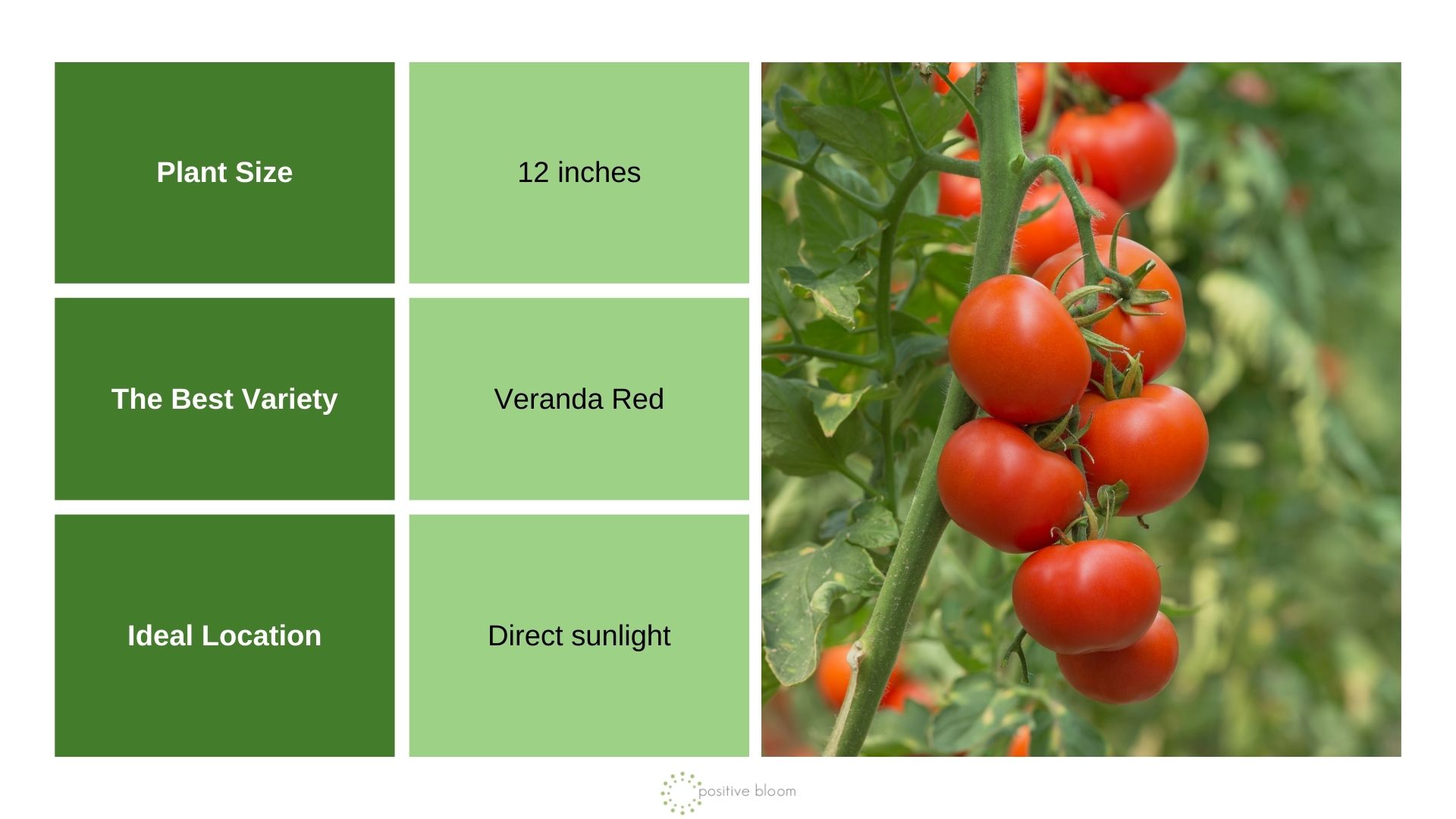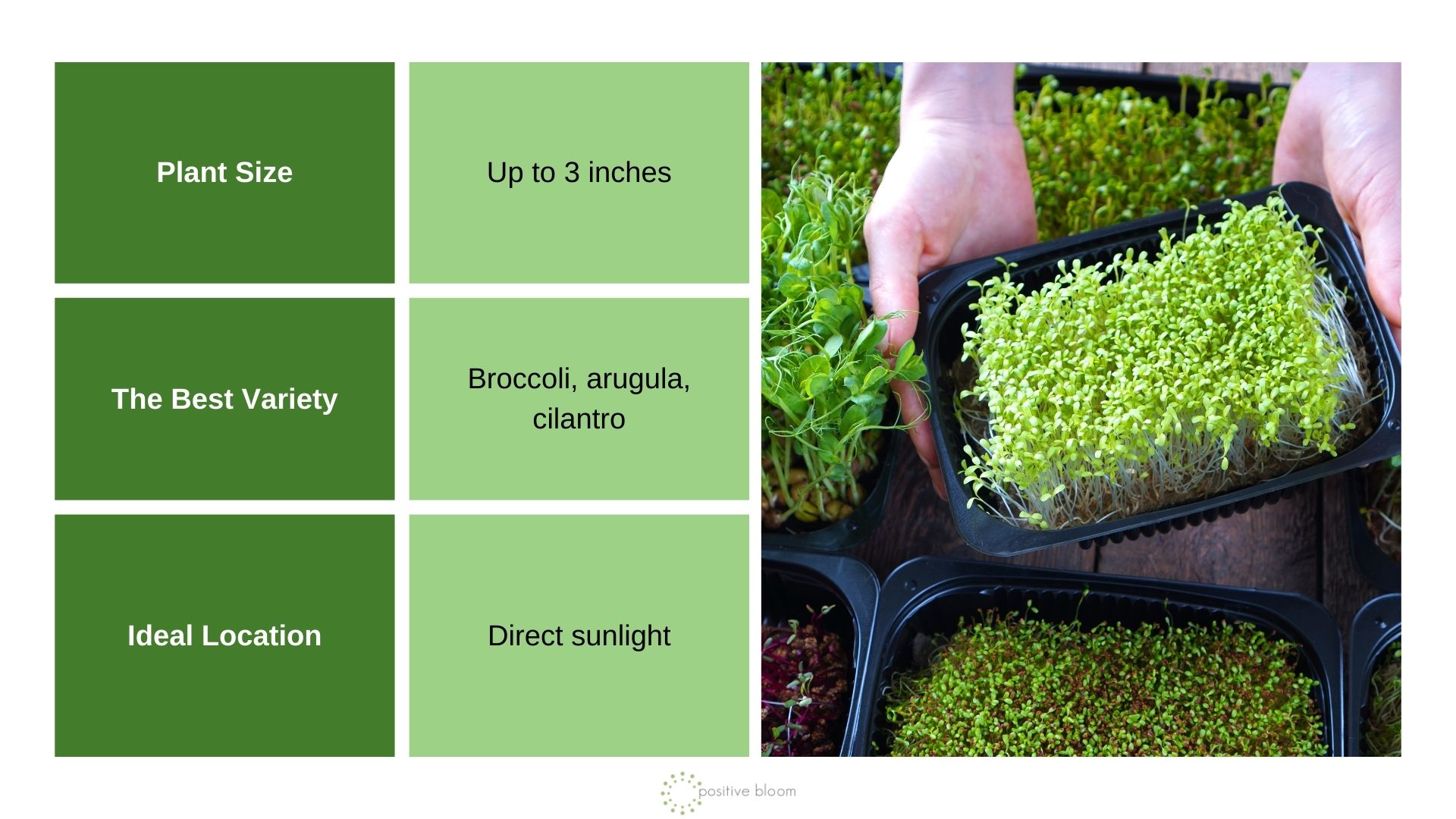The colder months have arrived and our outdoor gardens aren’t filled with many fruits and veggies to harvest. Many growers finish the season and will enjoy dishes they make from their stored fruits and veggies.
But what if I told you that you can have delicious and fresh crops to harvest even during the winter months? I’ll show you the 10 best fruits and vegetables you can grow indoors year-round.
You’ll also see how to maintain these plants and the best varieties to select.
Let’s get started!
1. Cucumbers
Juicy cucumber fruits are the favorite of many not only for their taste, but also for their health benefits. (1)
Cucumber plants are characterized by long vines and, as you may already know, these plants take up a lot of space outdoors.
Luckily, varieties such as Bush Champion and Socrates can be successfully grown in containers. Of course, you still need to have some space indoors because the pots take up a lot of space.
Cukes love full sun, so if you decide to grow them you’ll either need to find the sunniest spot in your home or use grow lights. Additionally, you’ll need to fertilize and water your cucumbers regularly.
If you decide on the Bush Champion variety, you’ll need to hand-pollinate because cukes have separate male and female flowers.
Once the flowering season begins, take some pollen from the male flowers and brush them onto the female flowers. If you can’t find female flowers, simply look for the ones that have a tiny bulge at the base.
Varieties such as Socrates are parthenocarpic, (2) which basically means they can’t produce seeds, so there’s no need to pollinate them in order for them to generate fruits.
2. Peppers
There are many pepper varieties you can grow in your outdoor veggie garden. However, when it comes to indoor gardens, Thai hot peppers are the best.
The only difference between indoor and outdoor-grown Thai hot peppers is that the first ones generate smaller fruits. For me, this works perfectly fine as long as they’re delicious and spicy.
The best way to start these veggies indoors is from seeds. Alternatively, you can purchase small plants in the spring, grow them in your outdoor garden during the summer months, and transfer them indoors before the first frost hits.
You need to plant your peppers in a container that’s approximately 12 inches in diameter. Additionally, you’ll need to ensure a lot of direct sunlight and irrigate and feed them regularly.
3. Tomatoes
I’m sure you’re surprised to see tomatoes on this list. Well, with the right care, you can have flavorful and thriving tomatoes inside your home.
The first thing to do is select a variety perfect for indoor cultivation. I highly recommend the Veranda Red; it’s delicious and doesn’t exceed 12 inches.
However, you’ll still need to stake your tomatoes no matter which variety you select. Otherwise, your tomatoes will flop over and the result will be a poor, or even no, yield.
These plants require direct sunlight and a lot of water to develop healthily. For more tomatoes, ensure rich and fertile soil and feed regularly.
Since these plants need pollination to produce fruits, I recommend installing a fan somewhere near the plant when it starts flowering to help the pollen disperse. Alternatively, gently shake your tomato plants.
4. Lemons
Indoor fruit trees are becoming more and more popular, especially for those who live in cooler climates or don’t have enough space outdoors.
Meyer lemons are the most frequent choice for indoor cultivation. One of the things you should know about growing citrus trees indoors is that they’ll need a large pot when fully mature, so ensure a lot of space.
This is especially important to know for those who plan to keep their lemons outdoors during the warmer months and then transfer them indoors.
The first thing to do after you purchase this tree is repot it into a slightly larger container. As it develops further, make sure to increase the size of the container.
Put your Meyer lemon somewhere where it can get enough direct sunlight; a spot near a south-facing window will suit it best.
Similarly to other veggies and fruits cultivated indoors, you’ll need to hand pollinate your Meyer lemons. Take a small brush, swipe some pollen, and carefully dab it into the center of that particular flower.
5. Basil
Basil is definitely one of the most frequently used herbs in my kitchen. Another reason why I like it so much is that it’s easy to grow and is a perfect plant for an indoor winter garden.
The best way to start your basil is from seeds and you only need a 4-inch pot and some seed potting mix.
These plants love the sun so you should either put them on a sunny windowsill or use grow lights. You’ll get a couple of leaves from each plant, which is more than enough to add to salad or any of your other favorite dishes.
I highly recommend the famous Genovese variety because it easily thrives in indoor conditions.
All you need to do is fill a pot with potting mix, sow some basil seeds, thin them out to two seedlings, and resume with typical care.
If for some reason your basil dies off, don’t worry, just start a new plant and it will quickly develop.
6. Scallions
Onion growth is characterized by a few stages and scallion is what you get before bulb development.
The best variety for indoor cultivation is Tokyo White Long. It requires a medium-sized container and will thrive when given a lot of sunlight. Even though these veggies can tolerate some shade, they thrive best in full sun. If you don’t have such a spot available, use grow lights.
Once the seedlings emerge above the soil surface, thin them so there’s about an inch of space between each. Don’t discard thinned seedlings because they can also be used for flavoring.
Don’t allow the soil to dry out entirely and harvest when they reach the size you like.
7. Radishes
Known as one of the fastest-growing veggies, radishes are perfect for indoor cultivation. Believe it or not, these plants typically take only a month to generate edible crops.
I recommend the Cherry Belle variety because it doesn’t get tall when mature.
Take a wide and 5-6 inch deep container, fill it with potting mix, and sow your radish seeds. Two essential things these plants need during development are bright light and moist soil.
The perfect time to harvest radishes is when you notice the tops of the roots poking through the soil surface.
8. Microgreens
If you’re a beginner grower and an impatient person, microgreens are everything you need. These plants are super easy to maintain and will be ready for harvest in only 10 days.
Take a container that’s approximately 4×4 inches and make sure it’s a couple of inches deep. Add about an inch of soil to the bottom of the container and sow the seeds thickly.
Close the container and keep it that way until you notice the seeds have sprouted. Open the container and put it under grow lights.
You can start harvesting your microgreens when the true leaves form.
One more thing, be careful when purchasing and make sure the label says microgreens because your goal is to get an edible crop that hasn’t been treated with chemicals.
9. Strawberries
Strawberry lovers will be delighted to hear that growing these fruits indoors is easy and can result in a high yield.
Many gardeners decide on growing strawberries in pots because it saves space and it’s easier to adjust conditions.
Alpine varieties thrive indoors and won’t mind about the length of the day. I recommend growing these varieties in hanging baskets; this way the runners can spread and it looks simply breathtaking.
These plants need a lot of light and water to generate fruits. When you’re planting your strawberries, make sure the crown is just above the soil line to avoid rotting.
You’ll need to hand-pollinate when the flowering stage begins.
10. Lettuce
We’re kinda used to seeing lettuce in outdoor gardens but did you know that lettuce grown indoors can produce an even better yield? (3)
You have two options: grow your lettuce in potting soil or get a hydroponic system.
These plants will thrive indoors as long as they receive a lot of direct sunlight. By harvesting only the outer leaves, you’ll have a steady lettuce supply all year long.
That’s it! Are you ready to embark on this fantastic journey and have veggies and fruits to harvest year-round? Just follow our guidelines and enjoy the view and, of course, the taste!
References
1. Coolick, C. (2023, March 31). 6 Health benefits of cucumbers. Cleveland Clinic.
2. Joldersma, D., & Liu, Z. (2018). The making of virgin fruit: The molecular and genetic basis of parthenocarpy. Journal of Experimental Botany.
3. Gargaro, M., Murphy, R. J., & Harris, Z. M. (2022). Let-Us Investigate; A Meta-Analysis of Influencing Factors on Lettuce Crop Yields within Controlled-Environment Agriculture Systems. Plants











